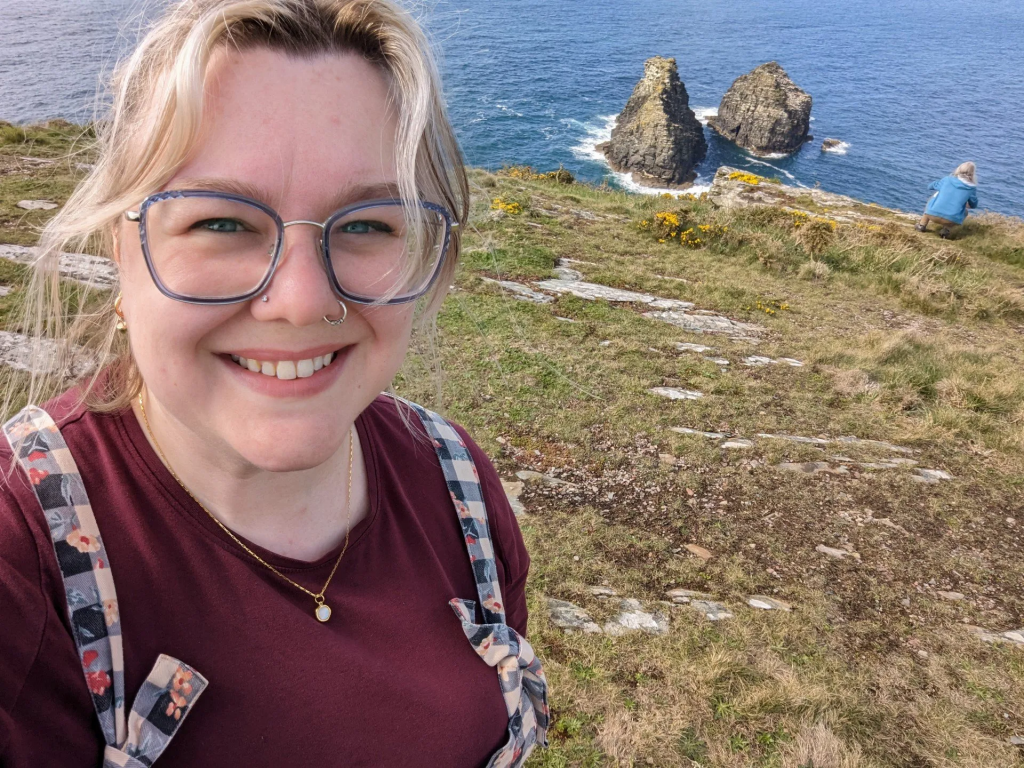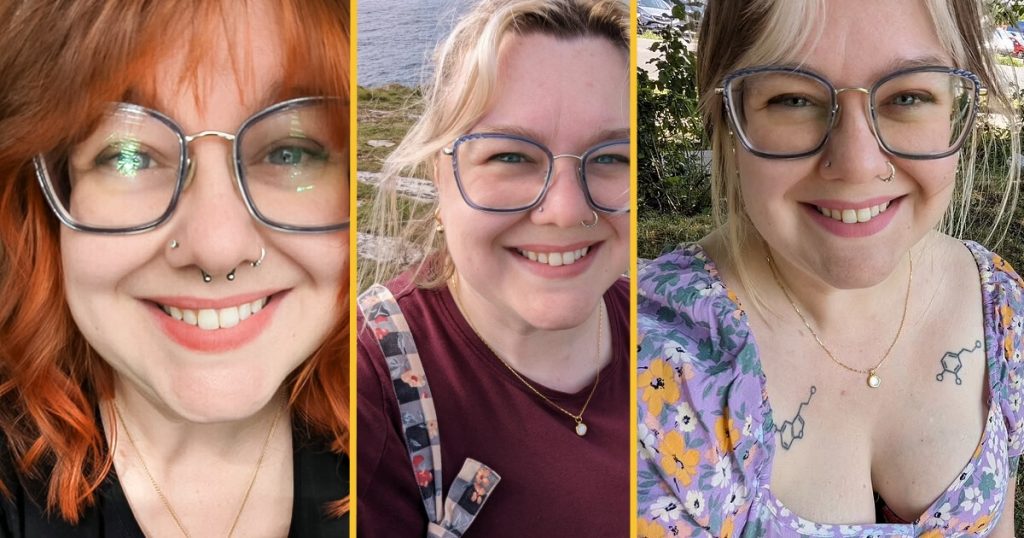For most people, understanding their sexuality unfolds gradually, shaped by experience, introspection, and time. But for some, the journey is far from linear. For Emma Flint, that path spanned three decades, filled with confusion, shifting emotions, and unanswered questions. It wasn’t until her early thirties that she finally found the word that gave her identity a name: abrosexual.
Emma’s experience wasn’t marked by denial or repression. Rather, it was characterized by constant change. One day, she felt deeply attracted to men. The next, she found herself romantically drawn to women. Sometimes, she felt no sexual desire at all. This back-and-forth tug of feelings made her question if something was wrong with her.

Growing up in the 90s, options for how to describe one’s sexuality were extremely limited. Terms like “gay,” “straight,” and “bi” were the most commonly used—and often the only ones acknowledged. Emma tried to fit into these boxes. She called herself straight for a while. Then bisexual. At one point, she even considered she might be asexual. But none of those labels ever fully fit.
The inconsistency of her feelings left her exhausted. There were weeks where she felt an intense connection to one gender, only for that feeling to vanish without warning. It made dating difficult. Relationships, especially long-term ones, were clouded with self-doubt and a fear that she couldn’t offer stability. She worried potential partners wouldn’t understand, and many didn’t.
For a long time, she thought she was alone in this. It wasn’t until much later—through exposure to evolving discussions about identity—that she stumbled upon the word “abrosexual.” The discovery hit her like a wave of clarity. For the first time, she saw herself in a definition that didn’t feel confining. A term that not only acknowledged but embraced fluidity.

Finding the term didn’t erase her past confusion, but it gave her the language she had been missing. It allowed her to finally stop trying to mold herself to fit existing categories. She realized there were others like her—people whose sexual orientation fluctuated, sometimes dramatically, over time. She was not an outlier; she was just misunderstood.
Emma’s coming out was met with mixed reactions. Some friends expressed support and curiosity, eager to learn. Others responded with skepticism. They thought it was a phase or a result of indecisiveness. To them, a fluctuating attraction seemed implausible or even made-up. But Emma stood firm, knowing that no one understands her experience better than she does.
Her identity challenged the norm. In a world that often craves consistency, abrosexuality feels like a disruption. But it’s a reminder that human emotion and connection are not static. They evolve. They shift. And that’s okay. Her story encourages others to question the rigid labels society offers and seek out words that genuinely reflect their truth.
She describes her current state as one of peace. There’s comfort in no longer needing to “pick a side” or define herself in black and white. Her attraction may continue to change, and that’s not something she fears anymore. Instead, she welcomes it, knowing it’s just part of who she is.

Dating still comes with challenges, of course. Not everyone is familiar with abrosexuality. Some people need time and explanation. But Emma approaches these conversations with honesty. She’s learned that being transparent from the start fosters stronger, more empathetic connections.
Her journey also highlights how little awareness exists around lesser-known sexual identities. Education is still catching up to the lived experiences of many. People like Emma are helping to fill that gap, one conversation at a time. By sharing her story, she gives voice to those who might be struggling silently with the same questions.

She’s also noticed how important language has become in shaping our understanding of identity. Without the right vocabulary, it’s easy to feel lost or isolated. But when the right word appears—when it fits like a glove—it can be life-changing. That’s what “abrosexual” did for Emma.
Today, she’s committed to living authentically, even if that means navigating a space many don’t yet understand. Her identity is not a trend or a phase. It’s a valid, lived experience that reflects the diverse range of human attraction. And with each story she shares, she helps dismantle the myth that sexuality must remain fixed.
Emma’s story is not about finding finality—it’s about embracing change. It’s about recognizing that identity can be fluid and still be valid. And for her, it took 30 years to find the words. But now that she has them, she’s not letting go.

